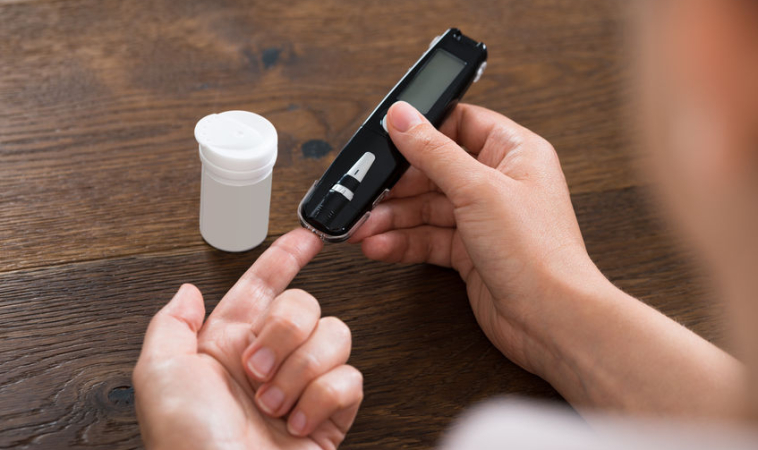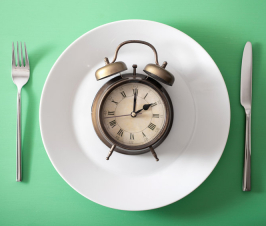Dr. Richard Maurer, ND
@drrichardmaurer
The title, “When too much insulin sensitivity backfires,” makes me remember a favorite quote from Mark Twain—
“Too much of anything is bad, but too much good whiskey is barely enough.”
I love going to the PaleoFx conferences and recently chatted with Robb Wolf on his podcast where we continued a conversation from a panel we were both on. On the topic of insulin resistance (IR) we agreed that the term is a little passé but I stuck to my guns and defend the valuable description. IR and her alter ego insulin sensitivity allow us to understand metabolic health and performance—simply, the more someone moves toward insulin sensitivity from IR, the healthier and longer they are likely to live. But really?
Definitions first: Insulin resistance is narrowly defined in conventional medical lexicon as elevated fasting blood sugar (glucose). On it’s own, this test does not indicate insulin resistance half the time in my experience—exercise, coffee, anxiety, and a host of medications can all elevate fasting blood glucose. In The Blood Code: Unlock the secrets of your metabolism, I define Insulin resistance:
“Insulin is the primary hormone that responds to what you eat. You release insulin when you eat carbohydrates and—to a lesser degree—protein. Insulin signals for the storage of sugars, and the making and stockpiling of fats; it also helps your cells uptake proteins and magnesium. Over many generations, your body has evolved to favor the ability to build and store a little extra, by leaving some extra glucose behind, and by storing extra fats for future energy. Over 40 percent of people in the United States—more than have blue eyes—store so much extra fat and sugar that it is causing high blood pressure, high blood sugar, weight gain, and abnormal blood lipids—a constellation of symptoms driven by the process of insulin resistance.”
The mere definition of insulin resistance challenges me to move toward insulin sensitivity—which is defined as your body’s ability to utilize and clear glucose from your blood stream swiftly and efficiently without excessive insulin from the pancreas. In my own life, with a strong family history of type 2 diabetes, I work to stay in the insulin sensitive side of the continuum. I maintain a low-carb high-fat diet and exercise regularly with strenuous circuits and high-intensity interval workouts. I feel good—in fact, I feel my best ever. But is it possible that too much of a good thing is too much? What happens if insulin levels go too low or stay low for too long?
Insulin sensitivity, if taken to the extreme, can lower fasting insulin levels to below detectable limits (<2uIU/mL). This is a well-established, decades-old finding in honed athletes. But at what cost? When insulin is too low, your body does not get as strong a message to replenish fat and glycogen. While the former helps maintain ripped looking abs, the latter prevents glycogen replenishment that helps prepare for the next sustained aerobic exertion. And while high insulin prevents fat catabolism (the burning of fats for energy), a very low insulin might allow for such quick fat catabolism, that adequate body fat is hard to maintain. It’s like your muscles are sponges, a good sponge should hold water (glucose) until it is squeezed—a sponge that doesn’t have enough holding power will release the water (glucose, glycogen and fat stores) too readily. These same leaky sponges do not absorb and replenish the water as well over time. So how do we keep our muscles and performance like an optimally performing set of sponges?
I have found two tests that effectively assess when insulin sensitivity has gone too far. One is fasting insulin—if it is below detectable limits [<2 uIU/mL (<12 pmol/L)], and you do not have hyperglycemia, you are likely too insulin sensitive. The other test is the TG:HDL ratio—this ratio should be 0.5-1.5. Most athletes are in the low range, but below 0.5, there are probably too few fats circulating to provide adequate fat-derived energy. These tests are simple and inexpensive—you can visit http://thebloodcode.com for links to get the tests done in your area.
So, congratulations if you are not insulin resistant! But if you find yourself too insulin sensitive, consider cycling higher carbohydrate foods into your daily or weekly routine. Post workout meals probably need additions like sweet potatoes or rice—any complex, but easy to digest carbohydrate to temporarily push inulin levels up for a few hours. And as for the Mark Twain quote, I don’t know about the whiskey, but too much of anything? Yeah, it can be too much.
Dr. Richard Maurer is a licensed naturopathic physician who, after practicing in a primary care setting for twenty years, now provides a unique perspective on metabolic health and recovery. Dr. Maurer puts you in the driver’s seat of your health and wellness, helping you decode blood test results to find the diet and fitness habits that reverse and prevent metabolic conditions, such as pre and type 2 diabetes, weight gain and hypothyroid problems. His recent book, The Blood Code: Unlock the secrets of your metabolism [2014], provides the tools to understand and act on key blood tests and skin fold measurements to define your personalized diet,fitnessand nutritional needs to recover health and vitality—disease reversal is only the beginning.
His personal and familial trend toward type 2 diabetes motivates him to empower people to recover their metabolic “sweet spot” through proven self-guided diet, nutritional, and fitness habits.
Dr. Maurer is the past president of the Maine Association of Naturopathic Doctors and regularly presents at health and medical conferences such as Weston Price Foundation, American Association of Naturopathic Physicians and the popular PaleoF(x). He lives in Maine with his wife Alexandra where they have raised three children.


















